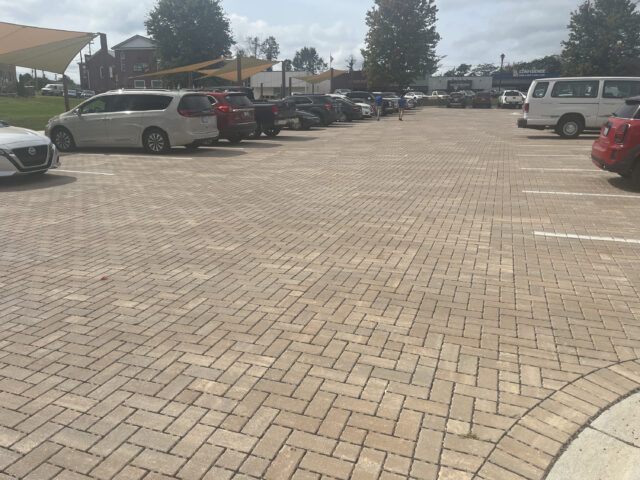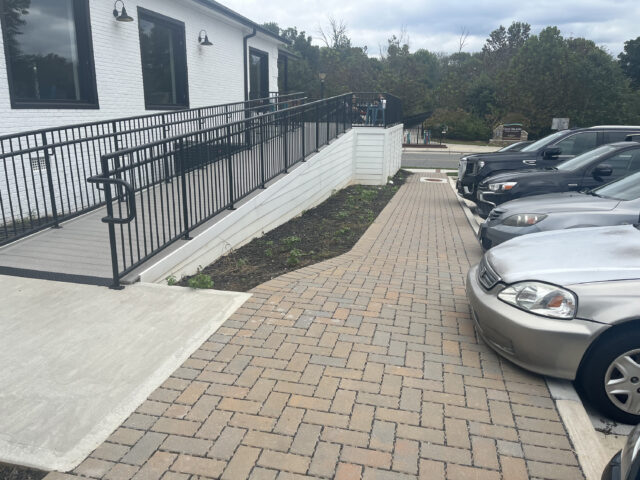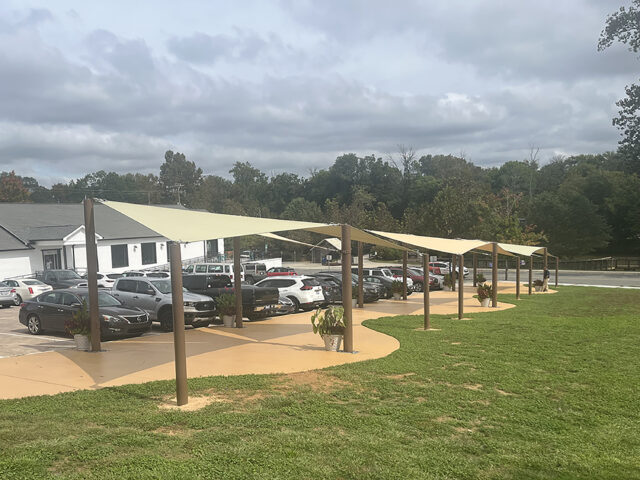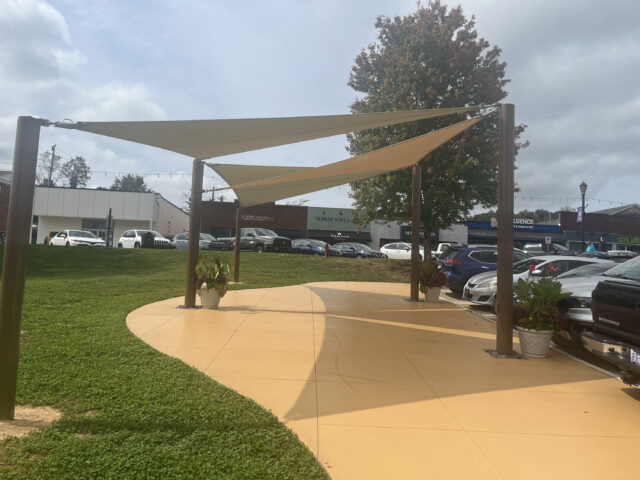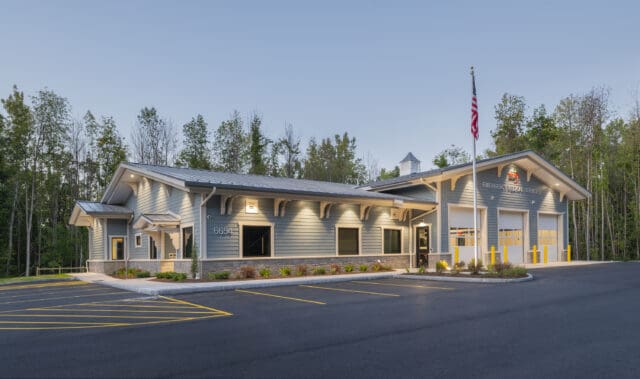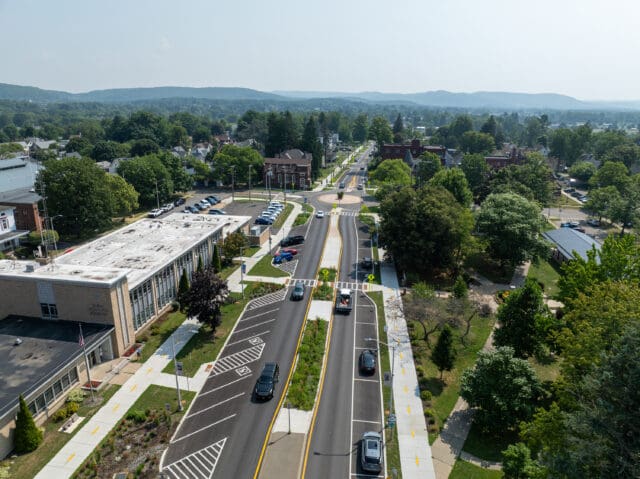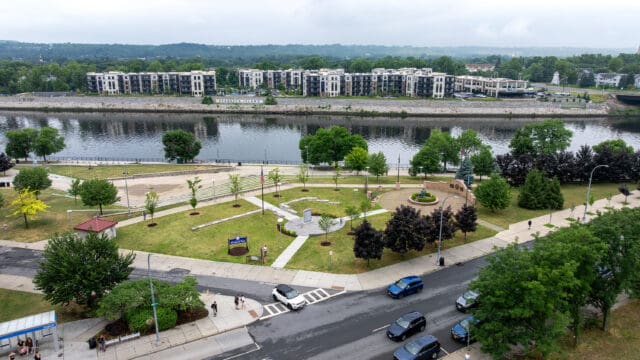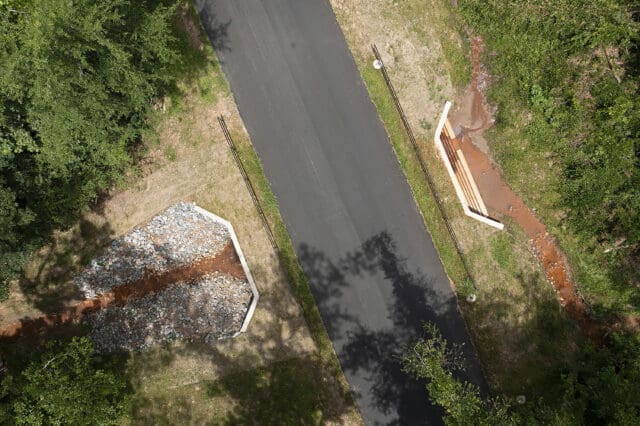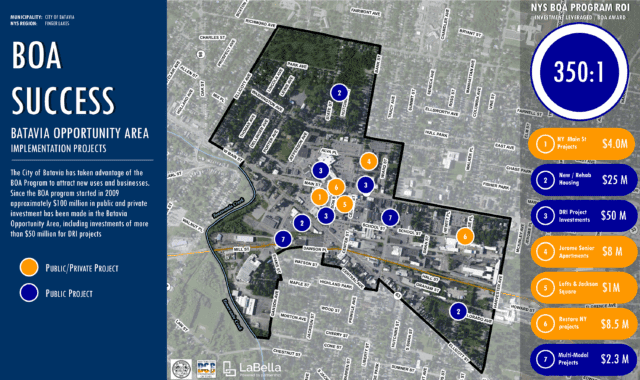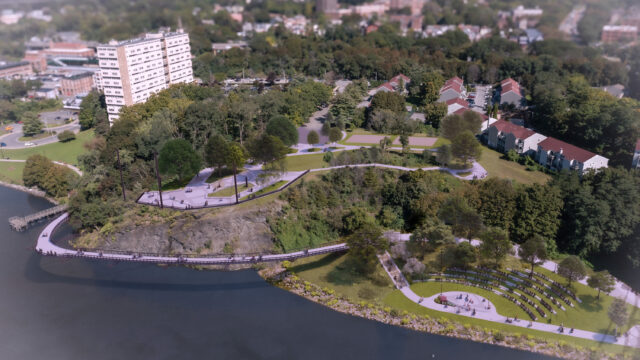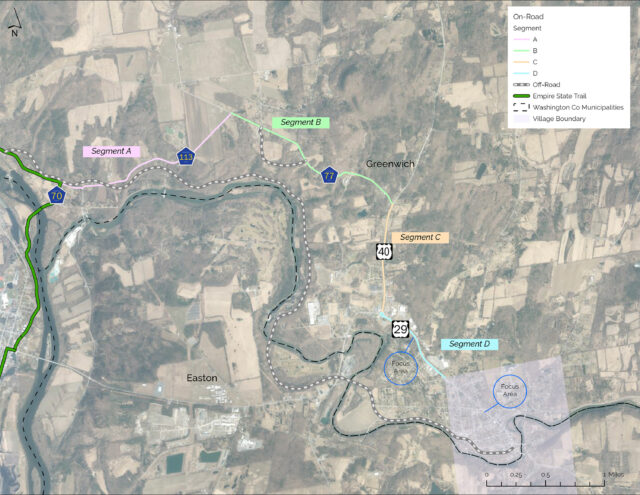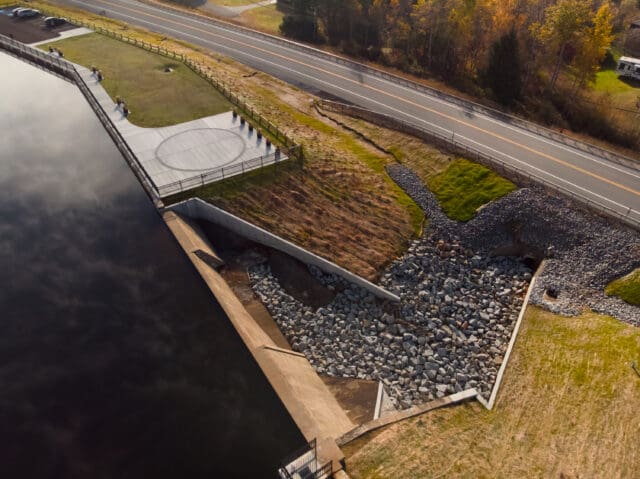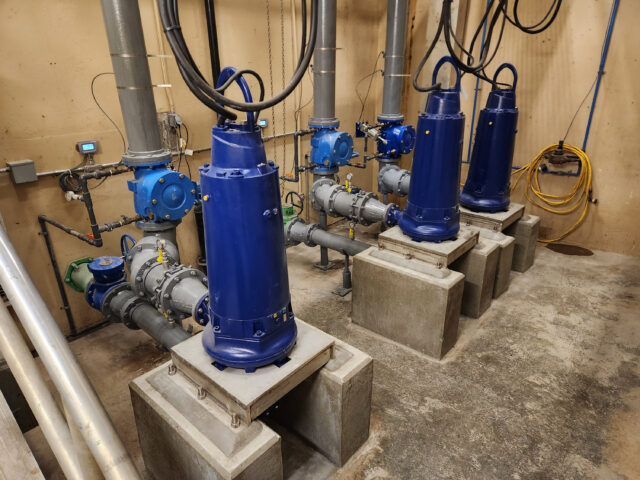Our Scope of Work
Master Stormwater Plan Development
LaBella Associates created a comprehensive Master Stormwater Plan for the Town of Cramerton, addressing critical infrastructure needs for the downtown parking lot and adjacent roadways.
Value Engineering & Cost Control
Our team demonstrated the advantages of using permeable pavers by presenting their benefits, including ARPA funding and NCDEQ Stormwater Credit eligibility, reduced street flooding, and improved protection from direct stormwater runoff into the South Fork Catawba River. Our analysis showed that pavers offered a superior cost-benefit compared to traditional asphalt, meeting the project’s multi-objective goals.
Design & Planning
Our team evaluated pavement core samples and compared different alternatives, including asphalt and LID techniques with permeable pavers. We developed detailed construction plans and documents as well as the project bid manual for the downtown stormwater management and parking improvements.
Construction Administration & Inspection
LaBella provided detailed oversight, addressing unforeseen sub-grade conditions and coordinating with the contractor to ensure compliance with project specifications. This included material submittals, quantity tracking, and final project closeout.
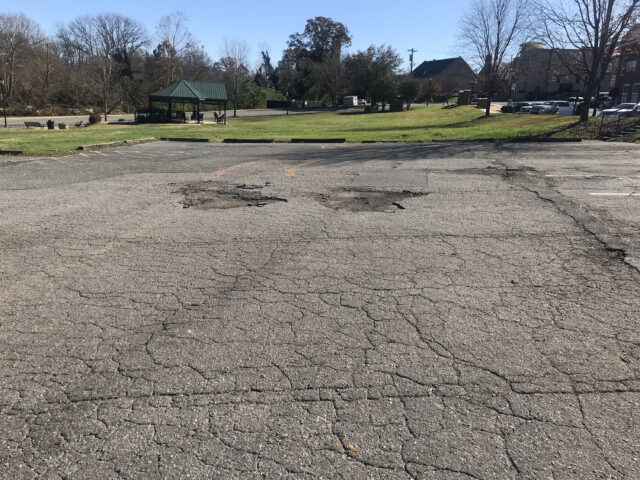
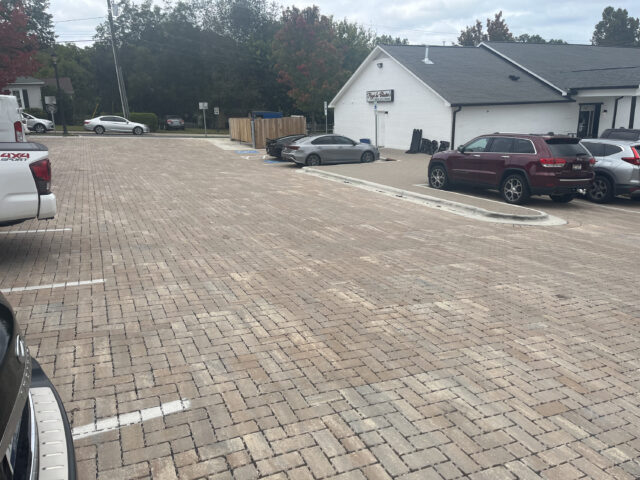
Case Study
Want to Dive Deeper?
Explore our interactive case study to learn more about the planning, funding, design, site evaluation, permitting, and construction processes that made this project a success.
View Case Study
